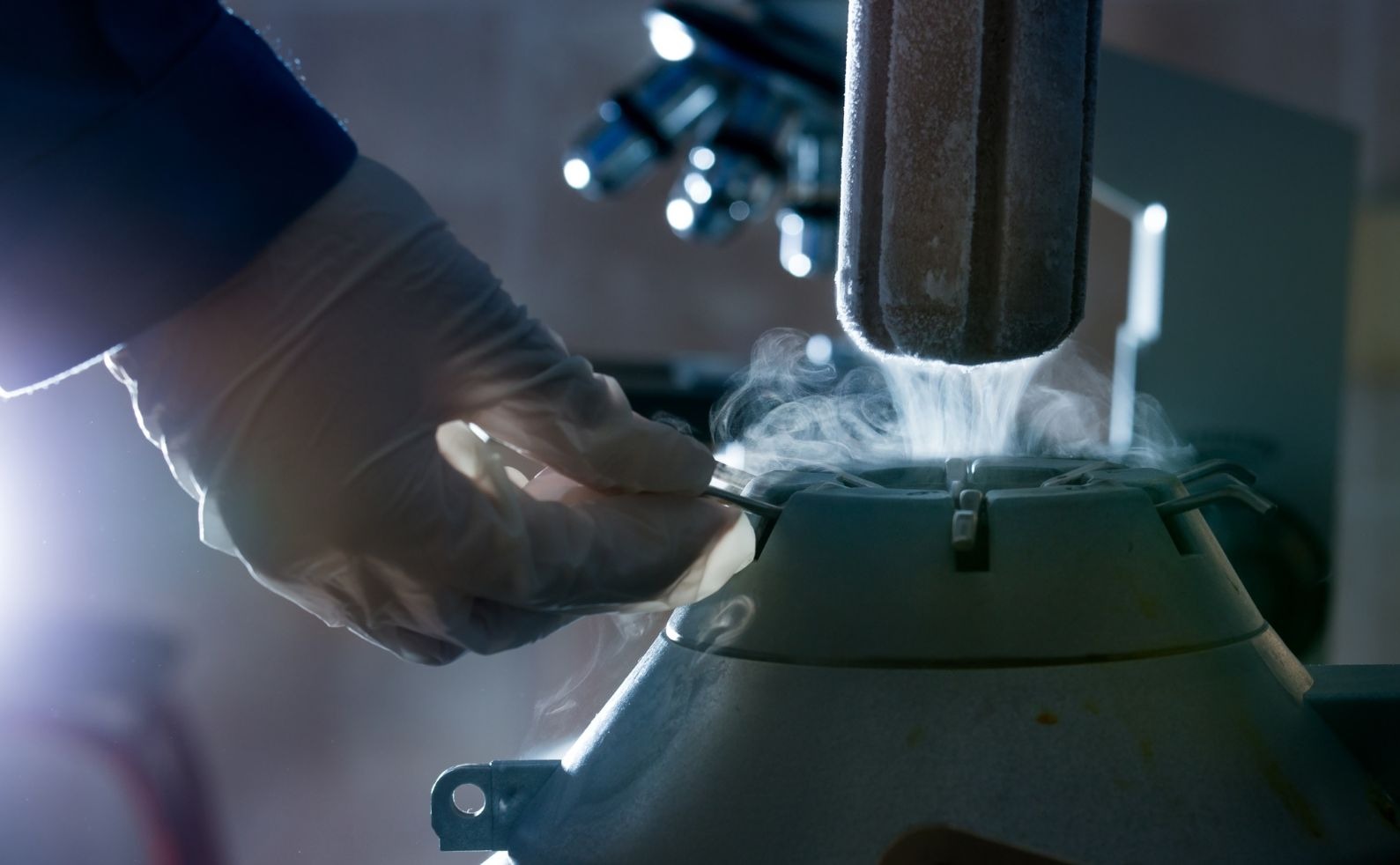Male Infertility: Why Microfreeze is Superior to Slow freezing for Low Sperm Counts
The successful freezing and thawing of reproductive tissue first occurred in the 1950s. The method implemented then, which we now refer to as ‘slow freezing’, is still utilized in every reproductive laboratory today. The method combines 2 protective aspects, which work together to prevent the formation of ice crystals inside the cells: adding a cryoprotective solution to the sample that replaces the water in the cell, after which the cells are exposed to a progressive, controlled temperature drop. If we look at an ice crystal up close, it is made up of sharp edges that can tear through the cell membrane. This slow freeze method yields a survival of 50% of the cryopreserved cells. For a normal healthy sperm count, this is more than adequate, and even in lower than normal sperm counts, the survival is usually enough for use in fertility treatment. However, this was not nearly enough for it to be used effectively for eggs and embryos, and this problem prompted further research. As a result, a method named Vitrification was developed in the 1980s. This method uses a higher concentration of cryoprotectant and a rapid, almost instantaneous temperature drop. This yields in a survival rate of about 90% and has become the standard process for egg and embryo cryopreservation.
This method of vitrification is what Maze adapted for our sperm microfreezing protocol. The small volume required to achieve the instantaneous freezing of the cells means that this technique could freeze several hundred sperm at once. This makes it an excellent option for someone with a very low sperm count who knows that their best option is IVF-ICSI.
Curious about either method, or concerns about Sperm Preservation? Contact us today for a free consultation. We’re happy to help.


